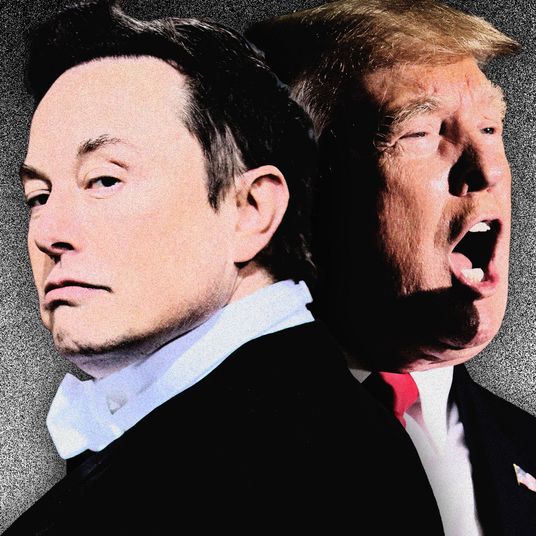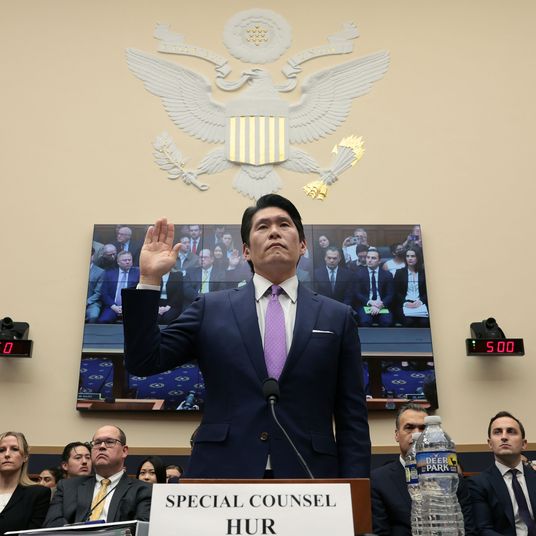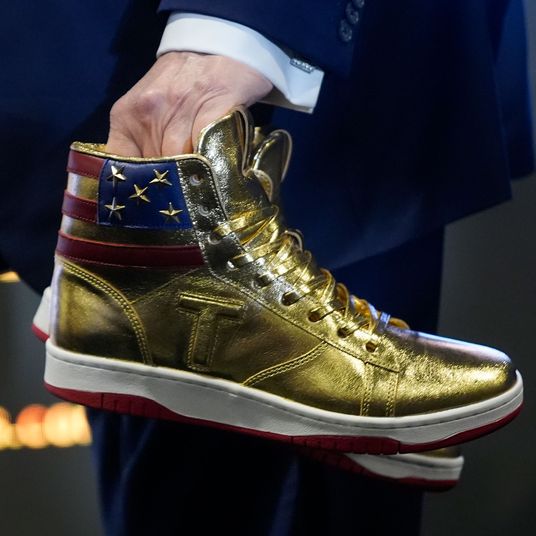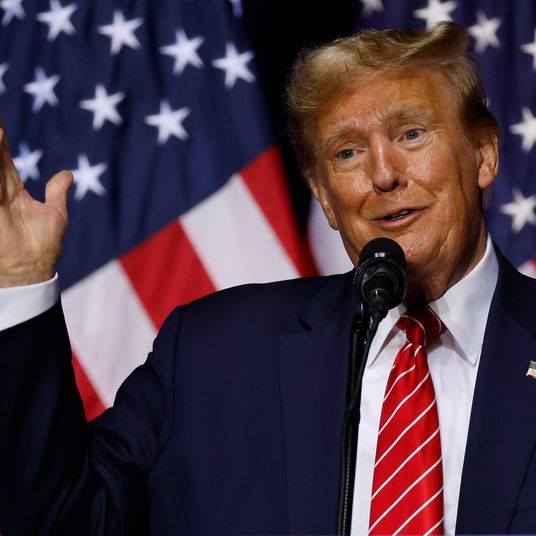By most measures, for many years now, things have been going pretty well for the Amazon corporation. It’s the dominant American e-commerce firm, it’s a logistics and delivery powerhouse, and it has a wildly profitable side business in cloud computing. It has hundreds of millions of customers buying stuff from millions of sellers. It has a greater market share than its next ten competitors combined.
One of those competitors, however, appears to have Amazon’s leadership worried: Shein, the ultracheap fast-fashion app. In a December note to sellers, Amazon announced that it would dramatically decrease the commissions it takes on cheap clothing. “For items priced under $15, we will decrease referral fees from 17% to 5%,” the company said. “For products priced between $15 and $20, we will decrease referral fees from 17% to 10%.”
Fees like this are increasingly core to Amazon’s retail business, which has become less about selling products directly than about overseeing a seller-buyer marketplace and taking a cut; these discounts will come at a real cost to the company. Over time, seller fees have tended to inch up — indeed, the company said it expects “sellers will see an average increase of $0.15 in fees per unit sold” next year, taking into account all categories — which makes the cuts for clothing a notable outlier. Amazon didn’t reference any competitors in its seller update, but analysts are unanimous: It’s about Shein.
Juozas Kaziukėnas of Marketplace Pulse sketches Amazon’s basic predicament:
Shein is an order of magnitude smaller than Amazon — its gross merchandise value this year, more than $40 billion, is less than 10% of Amazon’s. But most of that $40 billion is in clothing, which Shein is best known for and strongest in. Its supply chain, tuned to introduce thousands of new designs daily while dynamically adjusting which products get manufactured, is uniquely fit for clothing. It is the biggest online-native clothing retailer.
Shein, which is headquartered in Singapore but was founded in and operates largely out of China, commands a network of thousands of suppliers to churn out on-trend clothing at impossibly low prices. It’s fast fashion taken to a new extreme: cheaper, quicker, more satisfying for compulsive shoppers, and, accordingly, ethically and environmentally disastrous. Unlike Temu, which sells a range of direct-from-China products at deep discounts, including clothing, Shein has become not just a popular shopping destination but a social-media-driven brand unto itself. Also unlike Temu, which has vaporized billions of dollars trying to break through to American customers, Shein is reportedly profitable and preparing to go public.
Shein’s model is working, and the company’s big bets — that, for apparel, pricing and trend sensitivity are more important than shipping times and that many shoppers who say they care about sustainability and ethical manufacturing are either bluffing or lying to themselves — have so far paid off. But the rise of Shein is just as interesting for the weaknesses it identifies in Amazon.
At Bloomberg, Dave Lee argues that this change complicates arguments about Amazon’s market dominance and that when the company “faces real competition, it lowers its prices.” Kaziukėnas disputes the idea that Amazon’s fee cuts will even work. “Even if fees were to go to zero, Amazon would still have no answer for Shein,” he writes. “For instance, Amazon doesn’t have the tens of millions of followers Shein has on Instagram nor the billions of views Shein hauls have on TikTok.” One plausible consequence of these fee changes is that mercenary, category-agnostic sellers with no particular talent for developing or marketing apparel will accept Amazon’s invitation to chase better margins, piling into Amazon’s clothing verticals in a way that could run the risk of making them even less appealing to image-conscious shoppers.
If Shein’s top-down, direct-supply-chain management is “uniquely fit for clothing,” Amazon’s is perhaps uniquely unfit, composed of sellers whom Amazon can incentivize, penalize, nudge, and cajole into competing with Shein — but whom it doesn’t really command — and whose sensitivity to TikTok trends, celebrity fashion, and teenage whims is limited by their arm’s-length relationships with the Amazon machine, with overseas manufacturers (some of whom also produce products for Shein), and with Amazon’s customers, who encounter their products in jumbled searches and ads, not through influencers or friends in social feeds.
Beyond its fee changes, Amazon has signaled nervousness about changing shopping habits and brand perception. It turns out that some of the things that have long made premium brands nervous about working with Amazon — specifically, the profoundly unpleasurable and undifferentiated shopping experience on its apps and site, which borders on hostile to the very concept of a brand — are just as relevant in the degraded but equally aspirational world of fast fashion, meaning that Amazon’s enormous apparel business is vulnerable from the top and bottom of the market. (In response to Shein, as well as the launch of TikTok’s own shopping feature, Amazon has also partnered with Meta, Snap, and Pinterest to integrate Amazon listings and checkout features directly into social-media feeds.)
Amazon, in other words, is doing its best to replicate Shein’s success. Meanwhile, Shein is in the process of becoming more like Amazon, expanding its product categories and recruiting sellers — some poached directly from Amazon — for a marketplace of its own. I wouldn’t bet on Shein as a comprehensive threat to Amazon’s business in America. But it has already accomplished something that no other retailer has in quite a few years: It’s put the Everything Store on defense.


























